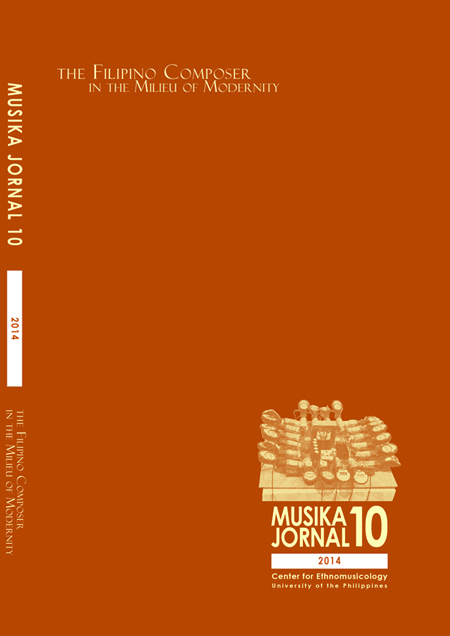The Life and Times of Colonel Antonino Buenaventura (1904-1996) 1998 National Artist for Music
Abstract
Among the nationalistic artists of the twentieth century, Colonel Buenaventura stands as one of those who, before World War II, brought prestige to the Philippines with its rich source of talent. Moreover, Buenaventura stands among other great Filipino composers as the one who perhaps wrote the most number of tone-poems and symphonic band music. His compositional innovations which include the use of folk music materials and combining it with Western compositional devices or norms are two essential factors which brought forth a “new” distinctly Filipino sound. At the time when Western classical music and forms was the center of the Philippines’ musical tradition, Buenaventura introduced the idea of using Philippine folk music material into a form which was basically Western. The concept was to retain the folk melodic material as it was, then use in its accompaniment material Western music concepts on rhythm, melodic embellishments, chordal progressions and the like. It is this conceptual framework that consequently served as Buenaventura’s channel in conveying his nationalistic ideals and sentiments. Hence, significant to the understanding of Buenaventura’s compositional styles is to know of his influences as a person and a composer.
Published
2016-06-27
How to Cite
MARTINEZ, Edna Marcil.
The Life and Times of Colonel Antonino Buenaventura (1904-1996) 1998 National Artist for Music.
Musika Jornal, [S.l.], v. 10, june 2016.
Available at: <https://journals.upd.edu.ph/index.php/musika/article/view/5219>. Date accessed: 31 aug. 2025.
Issue
Section
Articles


